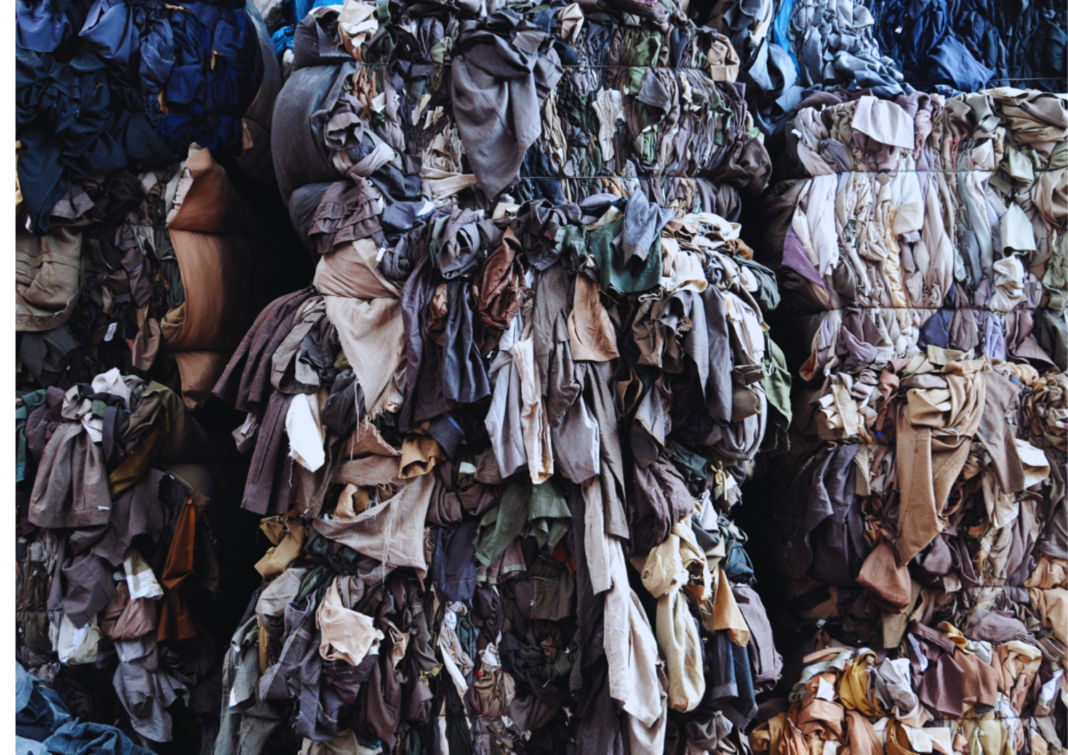The Environment Committee adopted its proposals to better prevent and reduce textiles and food waste across the EU.
Every year, 60 million tonnes of food waste (131 kg per person) and 12.6 million tonnes of textile waste are generated in the EU. Clothing and footwear alone account for 5.2 million tonnes of waste, equivalent to 12 kg of waste per person every year. It is estimated that less than 1% of all textiles worldwide are recycled into new products.
On Wednesday, MEPs in the Environment Committee adopted their position on the proposed revision of the Waste Framework Directive, by 72 votes in favour, none against and three abstentions.
More ambitious food waste reduction targets
MEPs want to increase the binding waste reduction targets proposed by the Commission to at least 20% in food processing and manufacturing (instead of 10%) and to 40% per capita in retail, restaurants, food services and households (instead of 30%), in comparison to the annual average generated between 2020 and 2022. EU countries would need to ensure that these targets are achieved at national level by 31 December 2030.
MEPs also want the Commission to evaluate the possibility and make appropriate legislative proposals to introduce higher targets for 2035 (at least 30% and 50% respectively).
Extended producer responsibility for textile products, clothing and footwear
The new rules, as adopted by MEPs, would set up extended producer responsibility (EPR) schemes, through which economic operators that make textiles available on the EU market would cover the costs for their separate collection, sorting and recycling. Member states would have to establish these schemes 18 months after the entry into force of the directive (compared to 30 months proposed by the Commission). In parallel, EU countries would need to ensure, by 1 January 2025, the separate collection of textiles for re-use, preparing for re-use and recycling.
These rules would cover textile products such as clothing and accessories, blankets, bed linen, curtains, hats, footwear, mattresses and carpets, including products that contain textile-related materials such as leather, composition leather, rubber or plastic.
Quote
Rapporteur Anna Zalewska (ECR, PL) said: “We provide focused solutions to reduce food waste, such as promoting “ugly” fruits and veggies, keeping an eye on unfair market practices, clarifying date labelling and donating unsold-but-consumable food. For textiles, we patch up loopholes by also including non-household products, carpets and mattresses, as well as sales via online platforms. We also request a textile waste reduction target, with an oversight of exported used textiles. Better infrastructure to increase separate collection should be complemented by sorting mixed municipal waste more efficiently, so that items which can be recycled are extracted before being sent to the incinerator or landfill.”
Next steps
The full house is scheduled to vote on its position during the March 2024 plenary session. The file will be followed up by the new Parliament after the European elections on 6-9 June.











